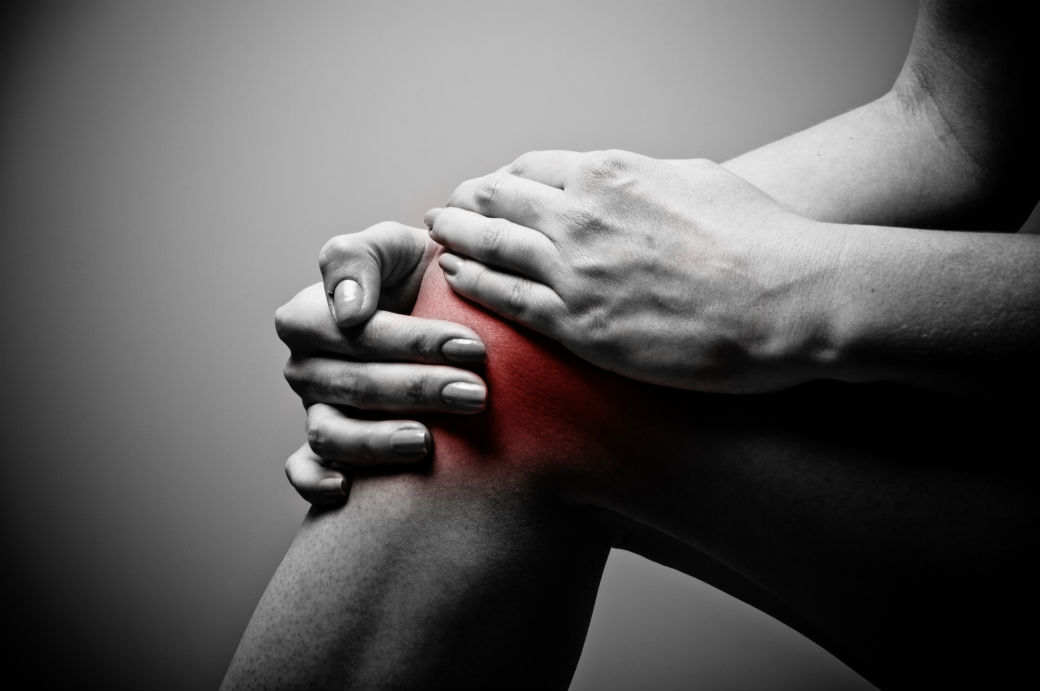Table of Contents
Toggle
If you were involved in a serious vehicle collision, there are certain injuries you may expect. Or at least, you may not be surprised to hear the diagnosis. You know that crashes can result in broken bones, cuts and bruises, muscle strain, head trauma, and other serious injuries. Once you know what is wrong, the next thing to do is focus on your recovery. You follow the doctor’s orders, and you expect to eventually return to your normal life. But what happens when six months or one year later, you are still in pain? If you are experiencing persistent pain and other symptoms in a limb, hand, or foot after suffering a traumatic injury, you may have Complex Regional Pain Syndrome (CRPS).
You should see a physician rule out other potential causes of the pain and receive an official diagnosis. The sooner your physicians can rule out or confirm CRPS, the sooner you can move forward with an appropriate course of treatment.
What Is Complex Regional Pain Syndrome (CRPS)?
Complex Regional Pain Syndrome is a condition that involves chronic pain in the foot, leg, hand, or arm. It typically arises after you experience a traumatic medical event, such as surgery, or injury to a limb or extremity. However, doctors and researchers are not entirely sure why one person may develop CRPS and another may not. They believe the condition develops because of a damaged or malfunctioning nervous system.
CRPS is divided into two types. In Type I Complex Regional Pain Syndrome, which used to be called Reflex Sympathetic Dystrophy (RSD), you do not have any underlying nerve damage in the affected area. In Type II, you will have been diagnosed with nerve damage in the area experiencing pain.
Signs of Complex Regional Pain Syndrome
One of the most significant symptoms of Complex Regional Pain Syndrome is chronic pain. This means you feel persistent, significant pain for at least six months. The pain can differ from person to person. You may describe it as pressure, pins and needles, a burning sensation, numbness, or as if someone is squeezing that part of your body.
However, there are also other signs of CRPS. You may experience:
- Stiffness and swelling around your joints;
- Decreased mobility in that part of your body;
- Increased skin sensitivity;
- Changes in the color of your skin;
- Changes in the temperature of your skin;
- Changes in the texture of your skin; and
- Changes in the growth of your hair and nails on the affected limb.
Receiving a Diagnosis
If you are experiencing signs of CRPS, it is important to speak with a doctor as soon as possible. Doctors believe that early diagnosis and intervention can improve the chance of a better outcome.
There is not one specific test your doctor can use to diagnose CRPS. Instead, physicians often first test you for other conditions to rule them out. Additionally, your physicians may gather information through X-rays, MRIs, bone scans, and sympathetic nervous system tests.
After considering your symptoms and medical history, you may be diagnosed with CRPS. The next step is to work closely with your doctors to develop a treatment routine that best manages your symptoms.
Speak With a Personal Injury Attorney About Your Complex Regional Pain Syndrome Diagnosis
If the underlying cause of your Complex Regional Pain Syndrome was an incident caused by another person’s carelessness, recklessness, or intentional misconduct, then we recommend you speak with an experienced personal injury law firm.
With this condition, your economic damages associated with the incident may be substantial. You may already be incurring additional medical bills from the numerous doctor’s appointments and tests necessary to diagnose you. Unfortunately, CRPS is often permanent, so determining your future medical expenses will be important. By working with an attorney, you have someone who will account for the future costs of this condition during settlement negotiations.
Also, because Complex Regional Pain Syndrome can be a life-long condition, your attorney must consider your potential pain, discomfort, and emotional distress. These factors may increase the non-economic damages associated with the incident.
To have a more in-depth discussion regarding Complex Regional Pain Syndrome and how it impacts an insurance claim or personal injury lawsuit, call the Donaldson Law, LLC.

















